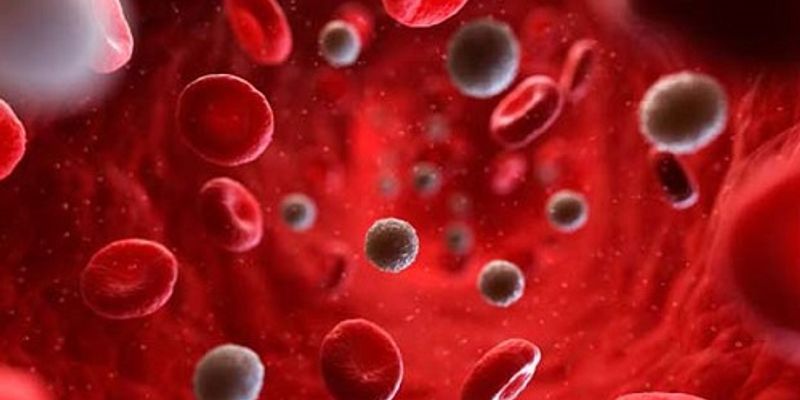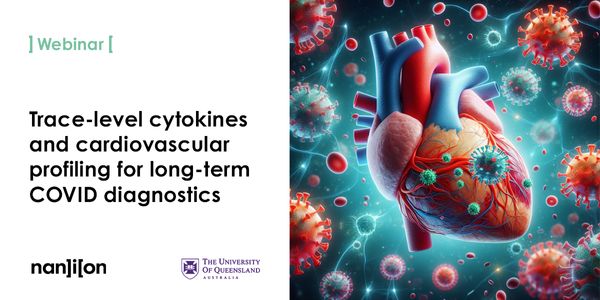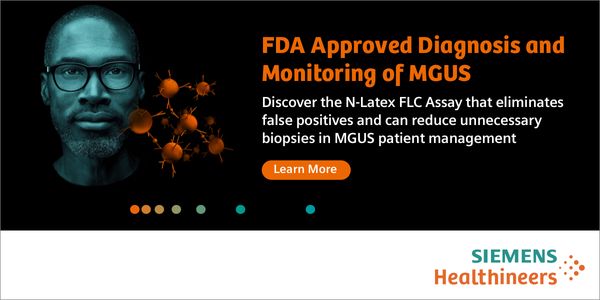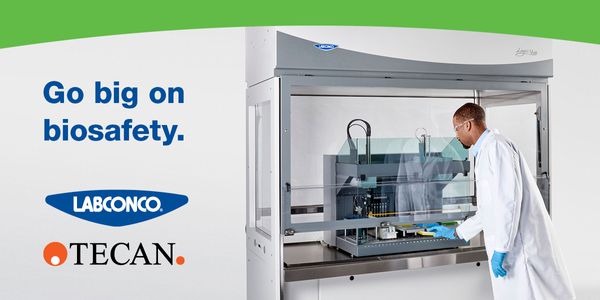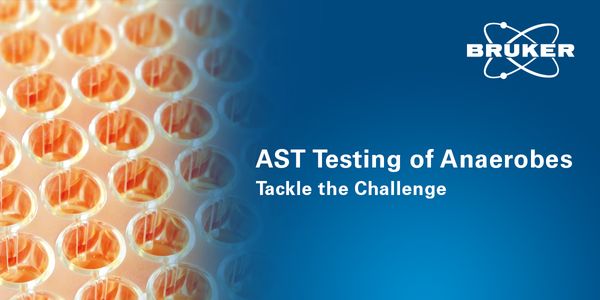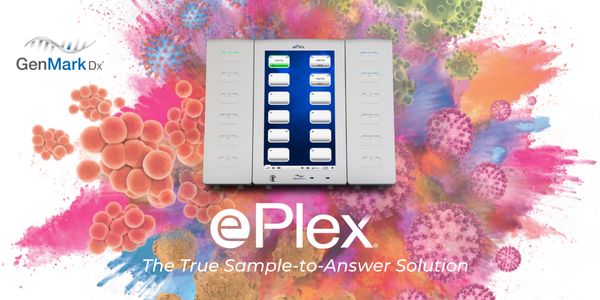MAR 12, 2024 | 10:00 AM
Inflammation is associated with cognitive decline and the pathogenesis of Alzheimer's disease, although exact pathways remain elusive. To further explore the role of inflammation, we uti...
NOV 15, 2023 1:00 PM ET
C.E. CREDITS
Learn how quality control in coagulation testing ensures accurate results, detects errors, and improves lab performance for better patient care...
SEP 20, 2023 | 11:00 AM
Preanalytical errors and unsuitable samples can account for up to 70% of lab errors. 1 These errors can be attributed to improper specimen collection, specimen transportation, and specimen p...
Discover key insights on coagulation factor testing, hemophilia diagnosis, and assay selection in our upcoming clinical webinar....
MAY 25, 2023 | 10:00 AM
Free light chains, kappa (κ) lambda (λ), are produced by plasma cells and known to be an important marker in patients with Multiple Myeloma and AL Amyloidosis. The precursor con...
APR 26, 2023 | 11:00 AM
Date: April 26, 2023 Time: 11:00am (PDT), 2:00pm (EDT), 8:00pm (CEST) Von Willebrand disease is one of the most common bleeding disorders that affects both men and women equally. However, th...
JUN 21, 2022 | 11:00 AM
Date: June 21, 2022 Time: 11:00am (PDT), 2:00pm (EDT), 8:00pm (CEST) Multiple myeloma is a cancer of the plasma cell. Plasma cells are white blood cells that make antibodies that help to pro...
SEP 14, 2021 | 7:00 AM
Date: September 14, 2021 Time: 7am PDT, 10am EDT, 4pm CEST A conventional thermal cycler has long been a commodity product in the lab and end-point PCR techniques can be completed almost wit...
Explore lupus anticoagulants, antiphospholipid syndrome, testing methods, and women's health impacts in our educational webinar....
